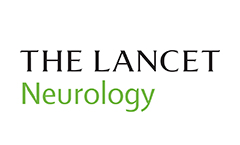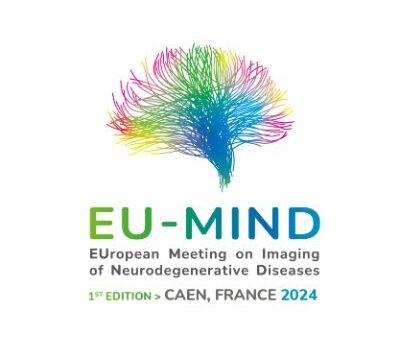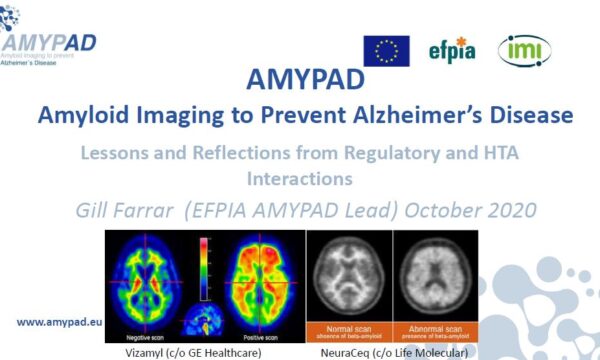What is your current role on AMYPAD?
Initially, I have been working part time in AMYPAD since the beginning of the project, after coming back from my visit at Stanford University where I worked in neuroimaging using the world’s first time-of-flight PET/MR scanner. In my AMYPAD function, I focus mostly on the processing of acquired PET data and accurate extraction of regional PET signals, which are used for robust longitudinal analyses to create reliable models of Alzheimer’s disease (for details see https://amypad.eu/news/recent-news/niftypet-high-throughput-image-reconstruction-and-analysis/).
All the processing steps are coded in Python and released as open source software (see: https://niftypet.readthedocs.io).
I also work in the Dementias Platform UK (DPUK), in image harmonisation of seven PET/MR scanners across the DPUK sites, which well complements my efforts in AMYPAD. I perform dedicated phantom measurements and analysis as well as test/retest analysis of amyloid brain scans.
What is your overall vision?
To provide state-of-the-art tools for high precision imaging and robust prediction of neuro-degeneration. Accurate prediction, I believe, is vital for successful early diagnosis, intervention and treatment of dementia. So far, we noticed that the accumulation of amyloid is a slow process, which needs very precise imaging tools for detecting such subtle changes.
What do you find most challenging about the project?
To acquire, process and pool high quality data from multiple AMYPAD sites in order to better understand the disease and build accurate neuro-degeneration models, which can then be successfully deployed in clinical settings for future interventions and treatments of dementia.



